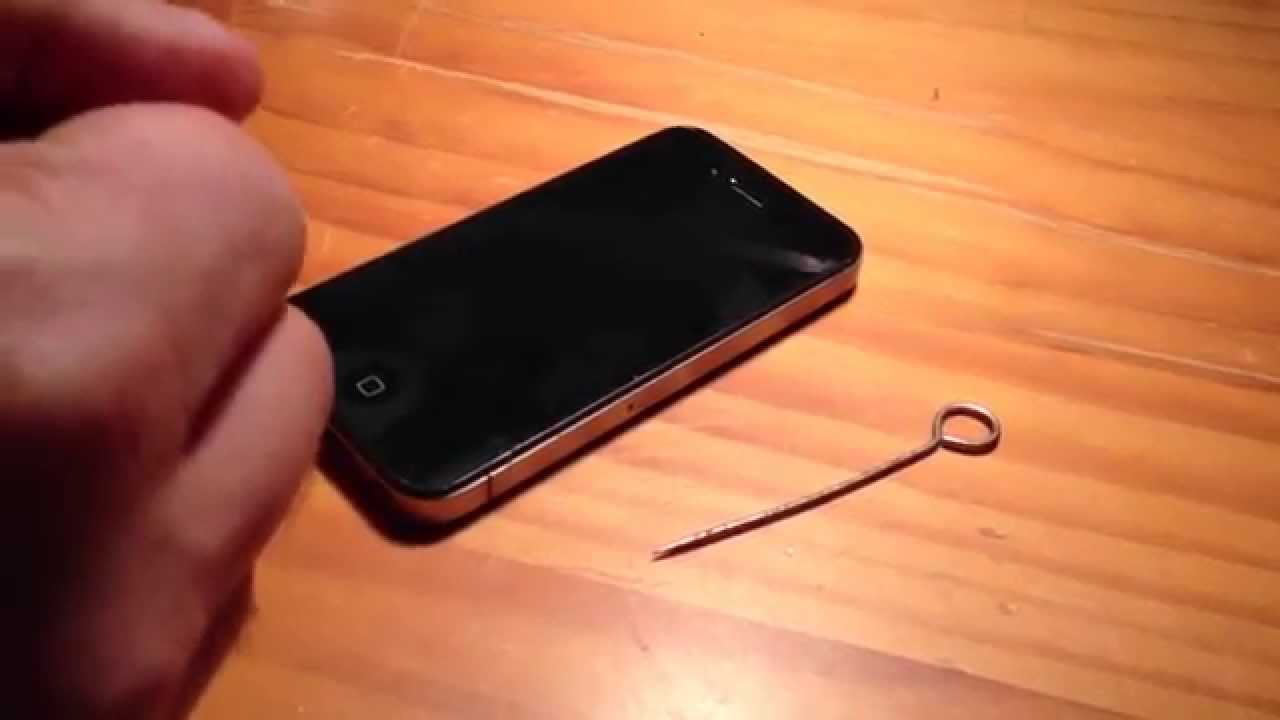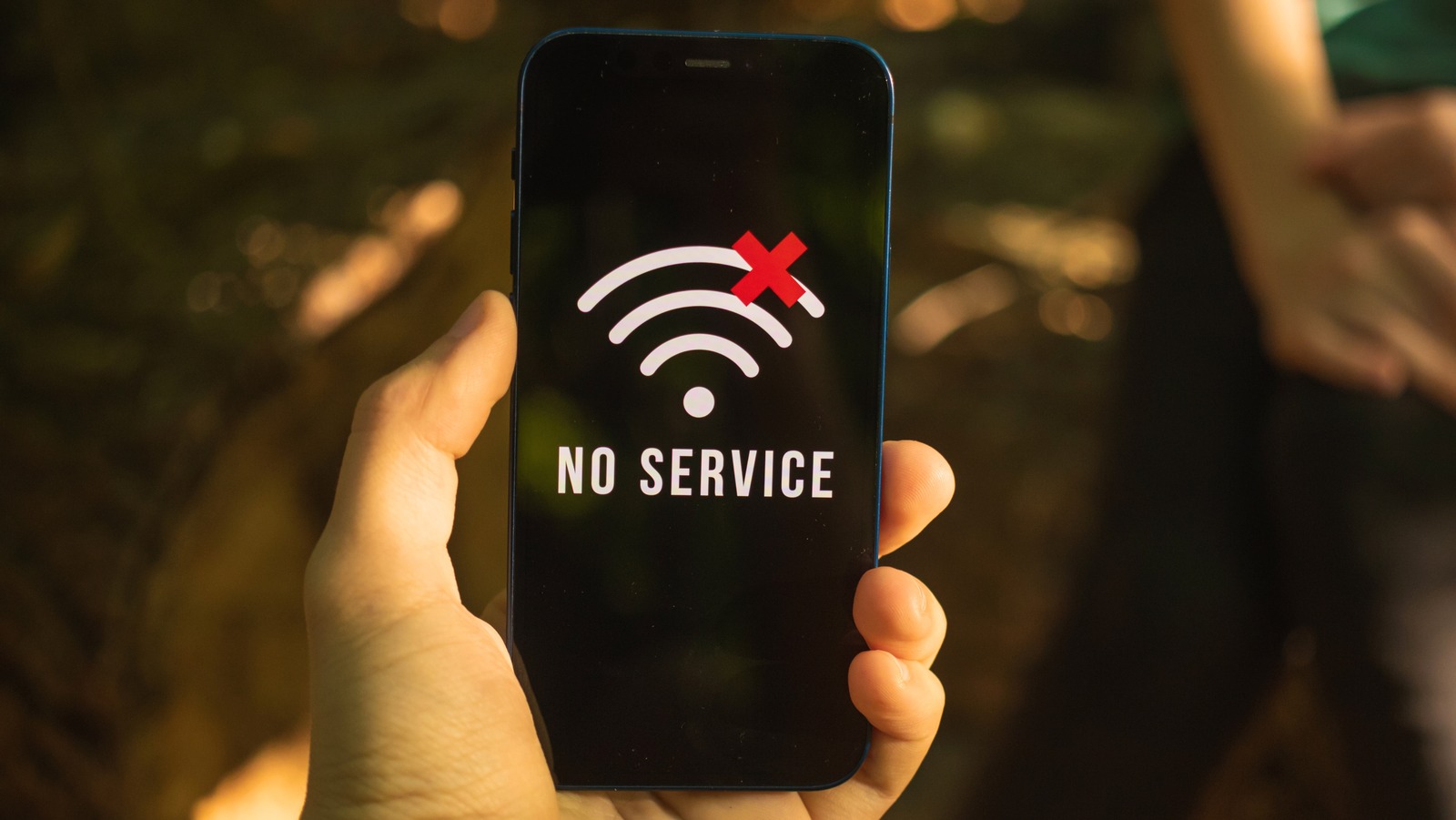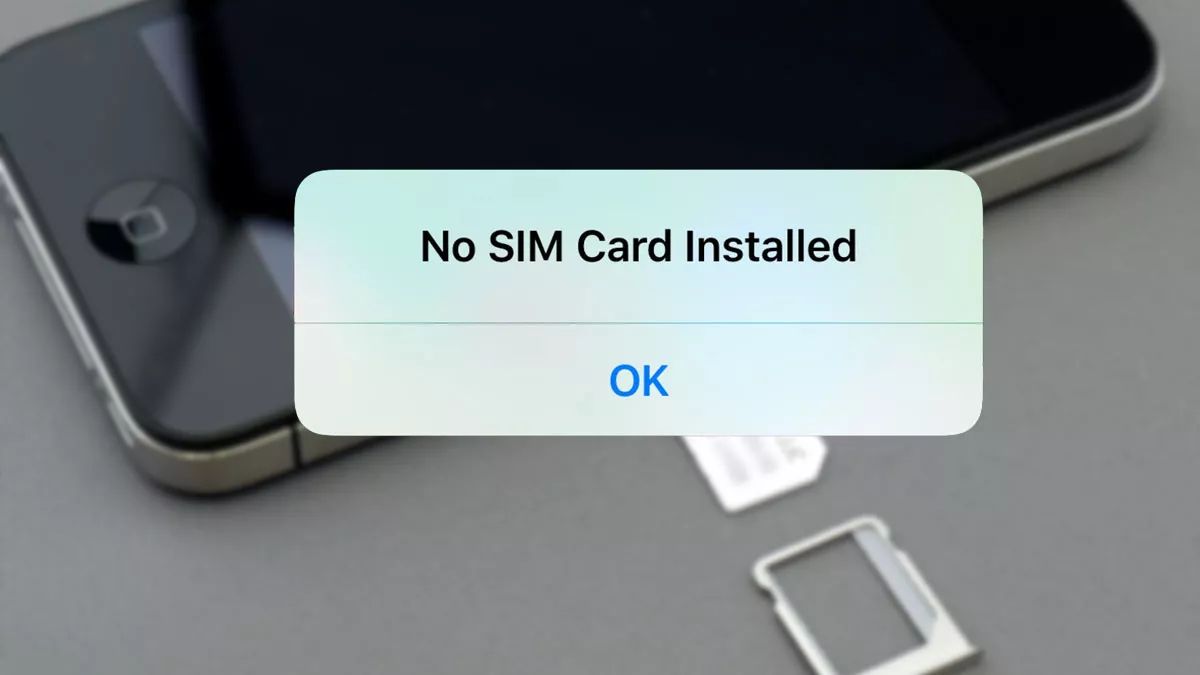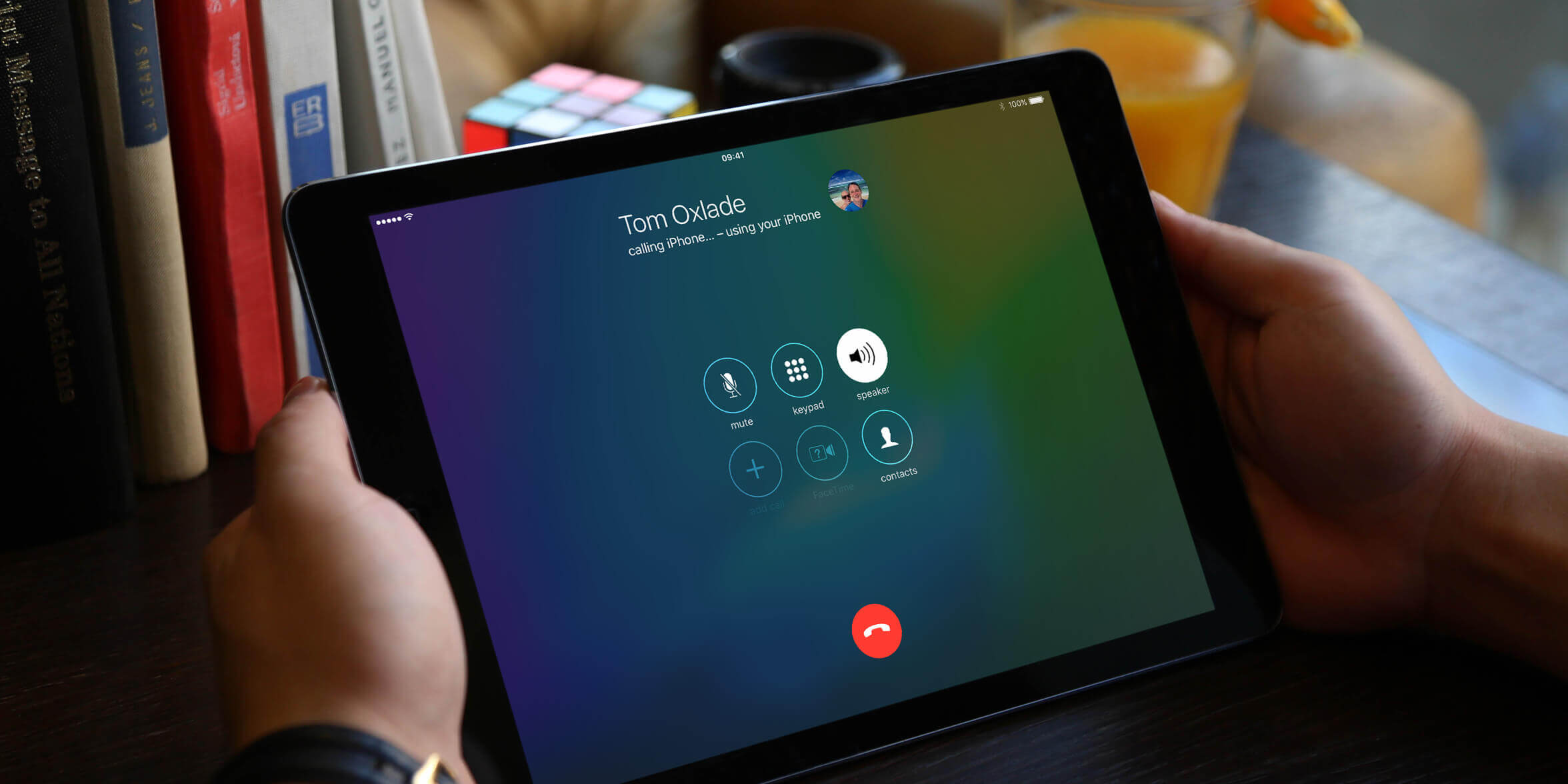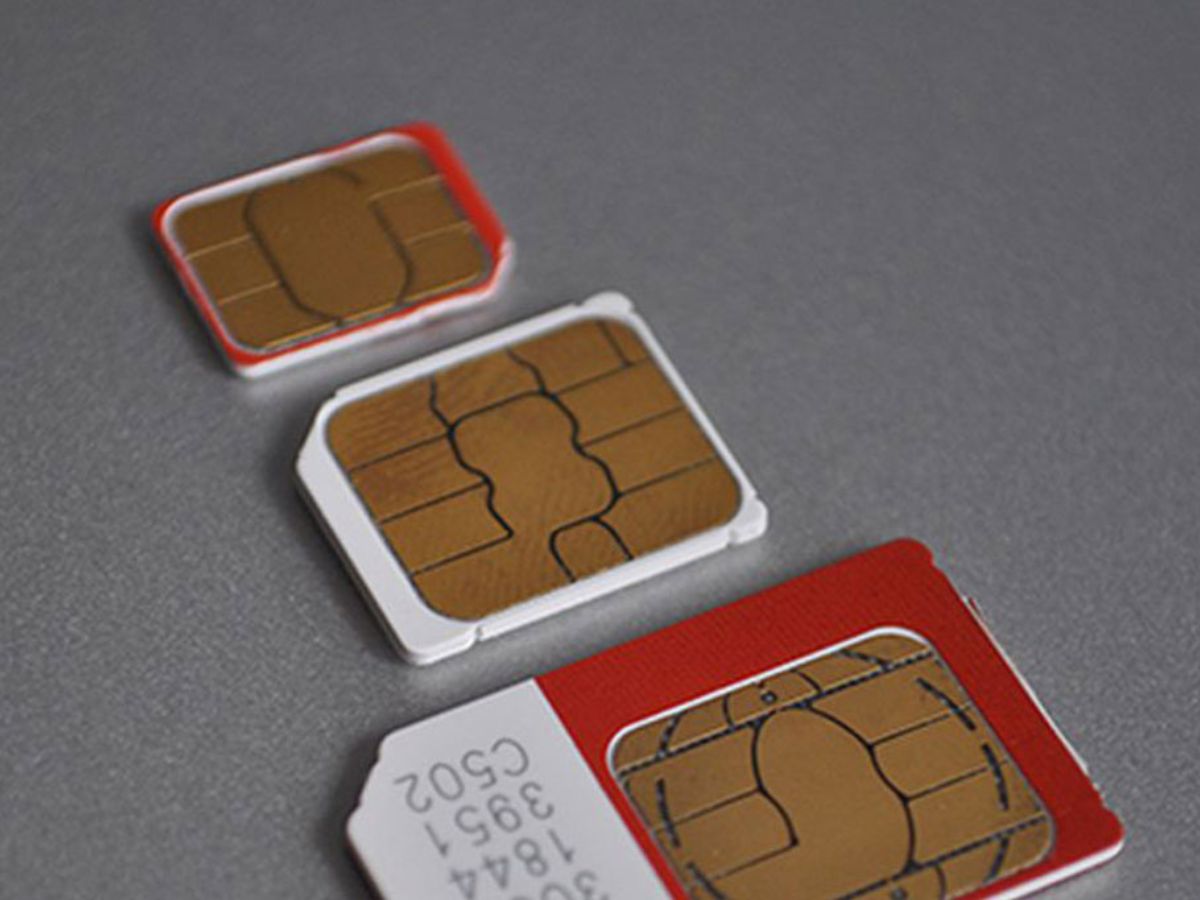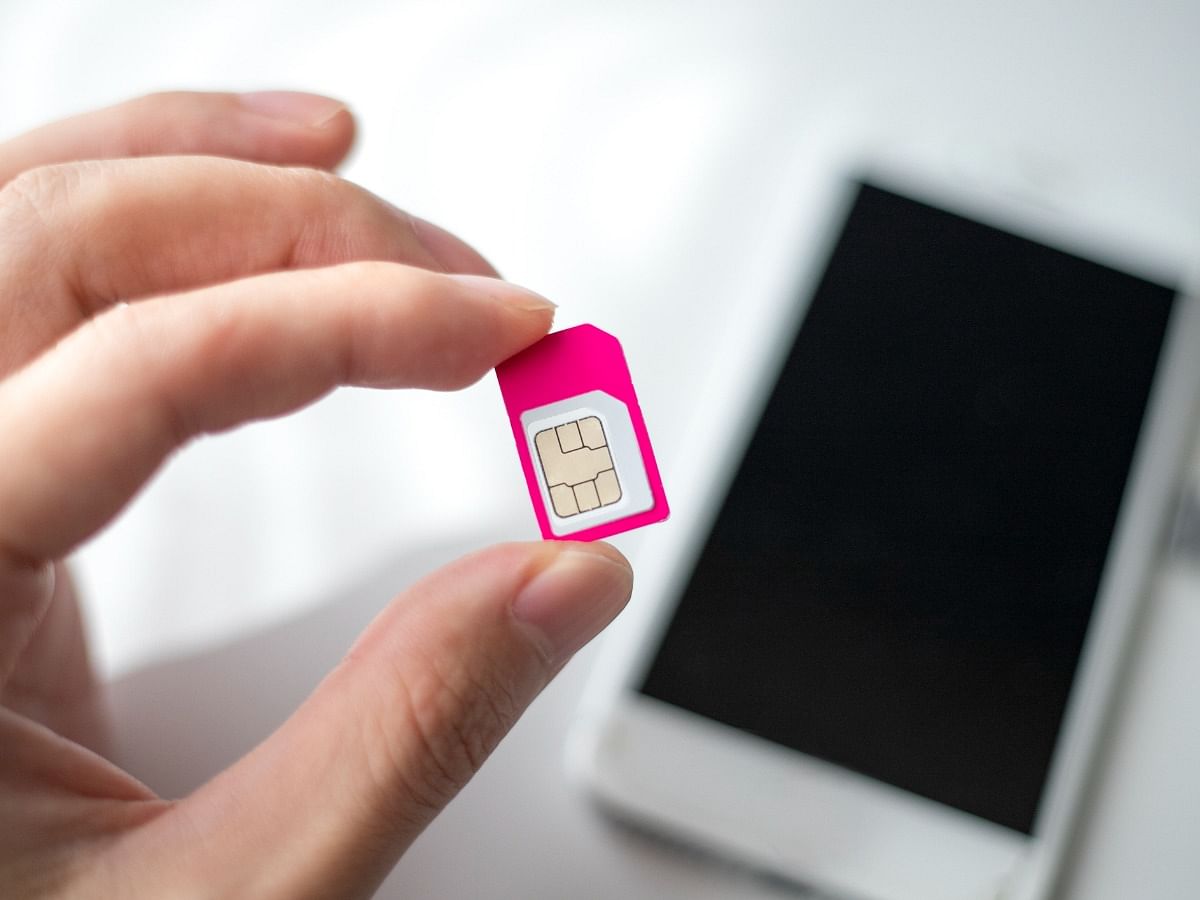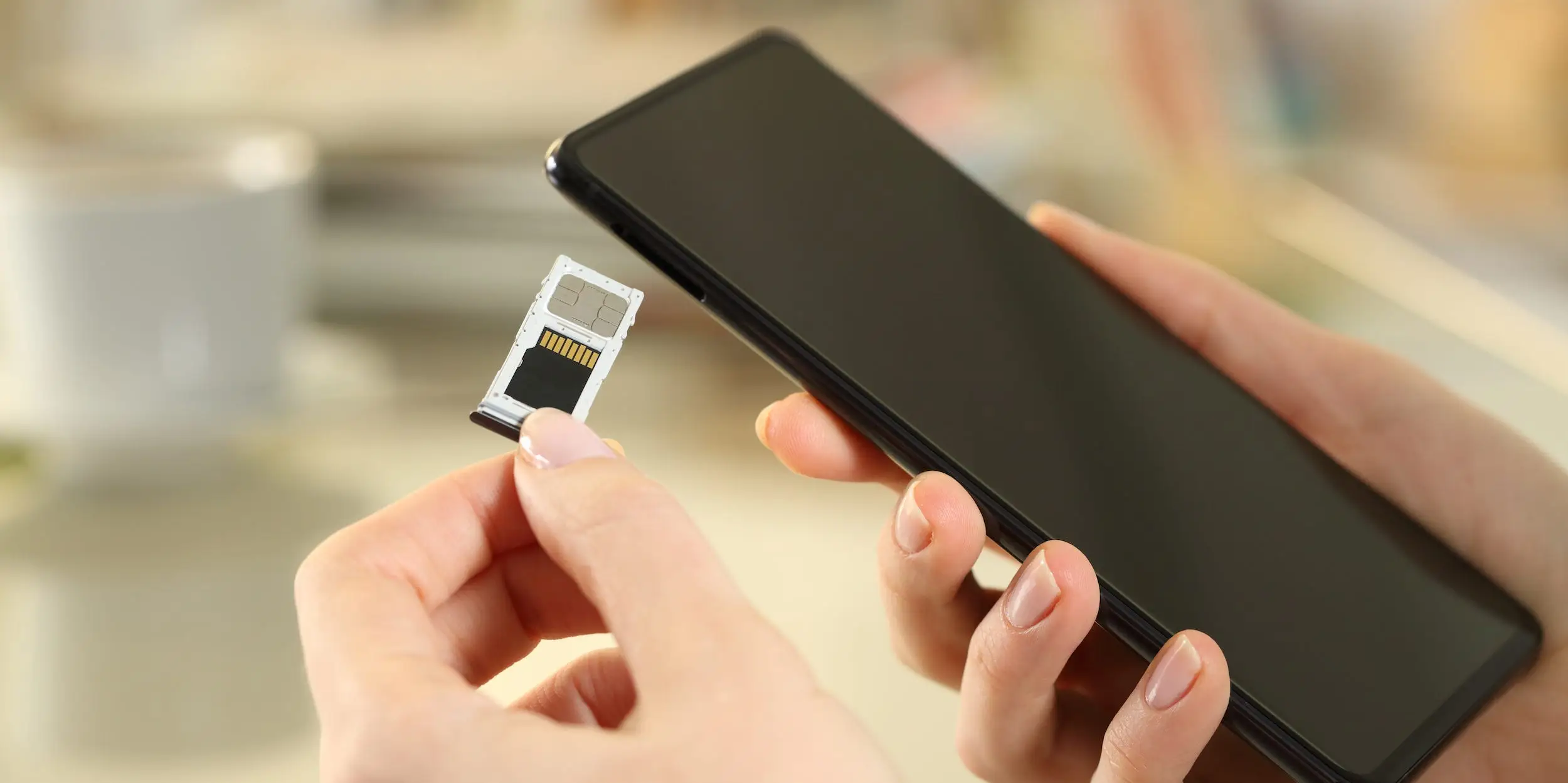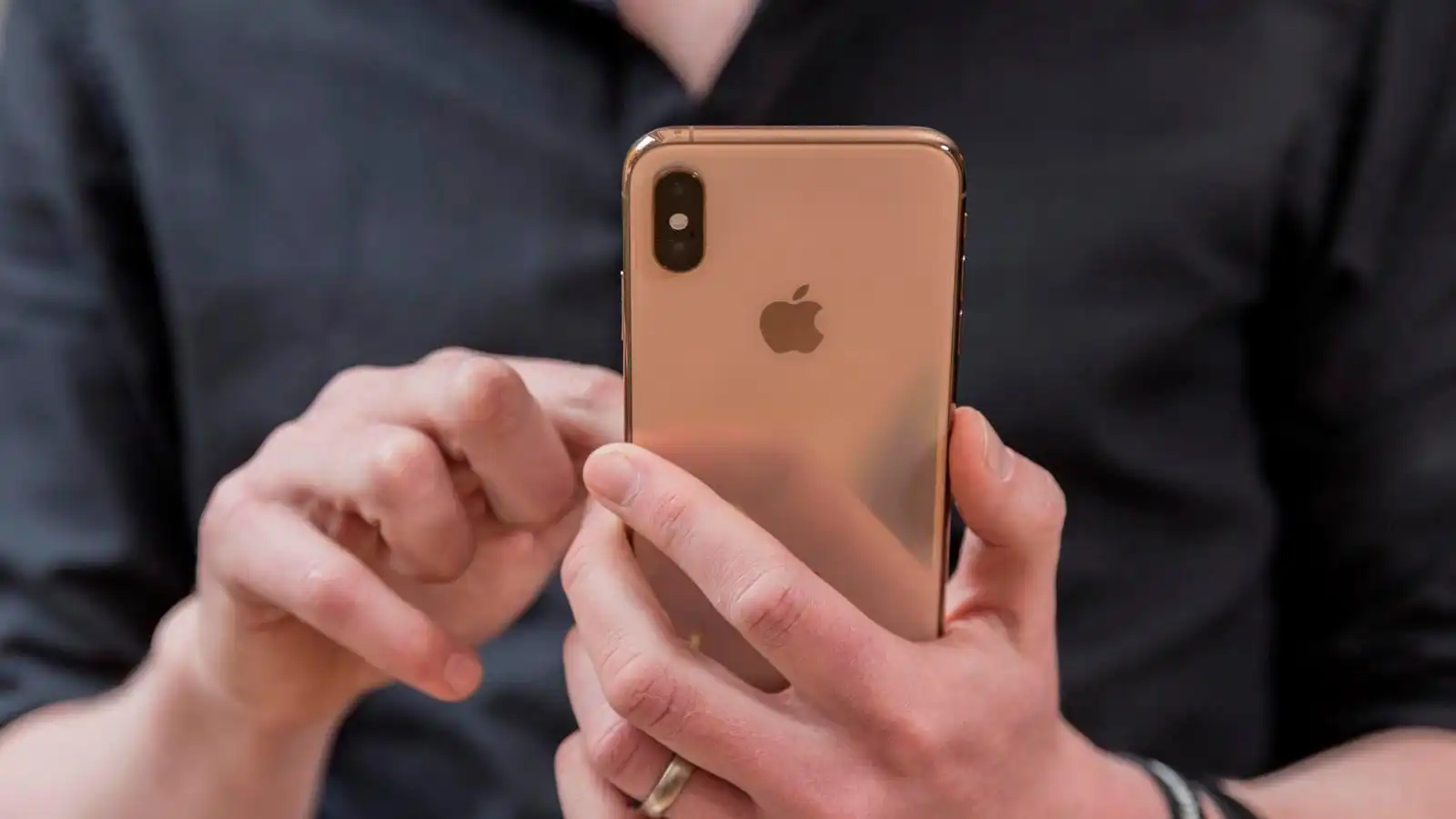Common Reasons Why SIM Card Doesn't Work in Another Phone
-
Incompatibility: Different phones support different types of SIM cards. If the SIM card is not compatible with the new phone, it will not work. For instance, older phones may only support standard SIM cards, while newer devices require micro or nano SIM cards.
-
SIM Lock: Some mobile phones are locked to a specific network provider. If the new phone is locked, it will not recognize a SIM card from a different carrier. This is a common issue when trying to use a phone from one network with a SIM card from another network.
-
Physical Damage: Physical damage to the SIM card or the SIM card slot in the new phone can prevent proper connection. A bent or damaged SIM card may not make proper contact with the phone's SIM card reader, leading to connectivity issues.
-
Software or Firmware Incompatibility: In some cases, the software or firmware of the new phone may not be compatible with the SIM card. This can occur if the phone is designed for a specific region or network standard that differs from the SIM card's specifications.
-
Network Coverage: The new phone may not have network coverage in the area where it is being used. This can happen if the phone does not support the frequency bands used by the network provider, leading to a lack of signal reception.
-
Account Status: The SIM card may not work in another phone if there are issues with the account associated with the SIM card. This could include unpaid bills, account suspension, or other account-related problems.
Understanding these common reasons why a SIM card doesn't work in another phone can help in troubleshooting and resolving the issue effectively.
Troubleshooting Steps for SIM Card Issues in Another Phone
When encountering SIM card issues in another phone, it's essential to follow systematic troubleshooting steps to identify and resolve the problem. Here are some effective measures to address SIM card issues in a new phone:
-
Restart the Phone: Begin by restarting the new phone. This simple step can often resolve temporary software glitches that may be affecting the SIM card's functionality.
-
Check SIM Card Orientation: Ensure that the SIM card is inserted correctly in the new phone's SIM card tray. Improper insertion can lead to connectivity issues. Refer to the phone's user manual for the correct orientation.
-
Clean the SIM Card and Slot: Dust or debris accumulation in the SIM card slot or on the SIM card itself can hinder proper contact. Gently clean the SIM card and the slot using a soft, dry cloth or compressed air.
-
Try Another SIM Card: If possible, test the new phone with a different SIM card from the same network provider. This can help determine if the issue lies with the SIM card or the phone itself.
-
Update Phone Software: Ensure that the new phone's software is up to date. Software updates often include bug fixes and improvements that can address compatibility issues with SIM cards.
-
Reset Network Settings: If the new phone has an option to reset network settings, consider performing this reset. It can clear any network-related configurations that might be causing the SIM card issues.
-
Check for SIM Lock: Verify if the new phone is SIM locked to a specific network provider. Contact the phone's manufacturer or the previous owner to confirm if the device is locked and if it can be unlocked for use with a different SIM card.
-
Test in Another Location: If possible, test the new phone with the SIM card in a different location to rule out potential network coverage issues.
By following these troubleshooting steps, users can systematically address SIM card issues in another phone and potentially resolve the underlying problems affecting connectivity and functionality.
How to Check Compatibility of SIM Card with Another Phone
Checking the compatibility of a SIM card with another phone is crucial to ensure seamless connectivity and functionality. Here are the steps to determine if a SIM card is compatible with a specific phone:
-
Identify SIM Card Type: The first step is to identify the type of SIM card being used. SIM cards come in various sizes, including standard, micro, and nano. It's essential to know the specific size of the SIM card to ascertain whether it is compatible with the new phone. This information can usually be found on the SIM card itself or obtained from the mobile network provider.
-
Review Phone Specifications: Refer to the specifications of the new phone to ascertain the supported SIM card types. Most modern smartphones specify the compatible SIM card sizes in their user manuals or on the manufacturer's website. By comparing the SIM card type with the phone's specifications, users can determine if the card is physically compatible with the device.
-
Check Network Compatibility: Different mobile network providers utilize various network technologies such as GSM, CDMA, and LTE. It's essential to ensure that the SIM card's network technology aligns with the supported network bands of the new phone. This information can be obtained from the phone's specifications or by contacting the network provider for details on network compatibility.
-
Verify SIM Lock Status: If the new phone was previously used with a different network provider, it may be SIM locked. In such cases, the phone will only work with SIM cards from the original network. To check for SIM lock status, users can insert a SIM card from a different network and observe if the phone prompts for an unlock code. Alternatively, contacting the phone's manufacturer or the previous owner can provide insights into the device's SIM lock status.
By following these steps, users can effectively check the compatibility of a SIM card with another phone, ensuring a smooth transition and optimal functionality. Understanding the compatibility factors can prevent potential connectivity issues and streamline the process of using a SIM card in a new device.
Contacting Mobile Network Provider for Assistance
When encountering issues with a SIM card not working in another phone, seeking assistance from the mobile network provider can provide valuable insights and potential solutions. The network provider's customer support team is equipped to address a range of SIM card-related concerns and can offer guidance tailored to the specific network and device in question.
Upon contacting the mobile network provider for assistance, users should be prepared to provide essential details such as the SIM card number, the make and model of the new phone, and a description of the issues experienced. This information enables the support team to conduct a thorough assessment and provide targeted assistance.
The network provider's customer support can offer the following assistance:
-
SIM Card Activation: If the SIM card is newly acquired or has been inactive for a period, the support team can assist in activating the card and ensuring that it is provisioned correctly for use with the new phone.
-
Network Configuration: In cases where the new phone does not automatically configure the network settings for the SIM card, the support team can provide manual configuration details to enable network connectivity.
-
SIM Card Compatibility: The customer support representatives can verify the compatibility of the SIM card with the new phone, ensuring that it aligns with the device's specifications and network requirements.
-
Unlocking Assistance: If the new phone is SIM locked to a different network, the network provider can provide guidance on unlocking the device or offer the necessary unlock code to enable the use of a different SIM card.
-
Troubleshooting Guidance: Customer support can provide step-by-step troubleshooting guidance tailored to the specific SIM card and phone combination, helping users identify and address potential issues affecting connectivity.
By reaching out to the mobile network provider for assistance, users can leverage the expertise of the support team to navigate SIM card-related challenges effectively. The guidance and solutions provided by the network provider can play a pivotal role in resolving issues and ensuring seamless connectivity when using a SIM card in another phone.
Using a SIM Card Adapter or Converter
When faced with the challenge of using a SIM card in a phone with a different SIM card slot size, a practical solution is to utilize a SIM card adapter or converter. These compact and versatile accessories enable the seamless transition of a SIM card from one phone to another, overcoming compatibility constraints related to varying SIM card sizes.
A SIM card adapter is designed to accommodate a smaller SIM card, such as a nano or micro SIM, within a larger SIM card slot, typically the size of a standard SIM. This conversion process allows users to insert the smaller SIM card into the adapter, effectively resizing it to fit the larger slot of the new phone. The adapter ensures a snug fit, maintaining proper contact between the SIM card and the phone's SIM card reader, thereby facilitating connectivity.
Similarly, a SIM card converter serves a similar purpose by enabling the use of a larger SIM card in a phone with a smaller SIM card slot. This conversion process involves securely placing the larger SIM card within the converter, which is then inserted into the smaller slot of the new phone. The converter effectively adapts the larger SIM card to fit the smaller slot, ensuring compatibility and functionality.
It is important to note that while SIM card adapters and converters provide a practical solution for addressing size incompatibility, users should handle these accessories with care to avoid damage to the SIM card or the phone's SIM card slot. Additionally, it is advisable to obtain SIM card adapters and converters from reputable sources to ensure quality and compatibility with a wide range of devices.
By leveraging a SIM card adapter or converter, users can effectively navigate the challenge of using a SIM card in a phone with a different SIM card slot size. These versatile accessories offer a convenient and reliable means of adapting SIM cards to suit the requirements of a new phone, facilitating seamless connectivity and functionality.
In summary, the use of SIM card adapters and converters presents a practical and accessible solution for overcoming SIM card size compatibility issues when transitioning to a new phone. These accessories empower users to adapt their SIM cards to fit the specific slot size of the new device, ensuring a smooth and hassle-free experience when using a SIM card in a phone with a different slot size.
Seeking Professional Help from a Phone Repair Service
When all troubleshooting attempts have been exhausted and SIM card issues persist in a new phone, seeking professional assistance from a reputable phone repair service can offer valuable expertise and solutions. Phone repair technicians possess the knowledge and technical skills to diagnose and address a wide range of hardware and connectivity issues, including those related to SIM card compatibility and functionality.
Upon engaging a phone repair service, users can benefit from the following aspects of professional assistance:
-
Diagnostic Assessment: Skilled technicians can perform a comprehensive diagnostic assessment of the new phone to identify any underlying hardware or software issues that may be affecting the SIM card's functionality. This involves thorough testing of the phone's SIM card reader, network connectivity components, and software configurations to pinpoint the root cause of the problem.
-
Hardware Inspection: The phone repair experts can meticulously inspect the SIM card slot and related hardware components for any signs of damage, corrosion, or misalignment that could impede proper SIM card recognition. This detailed examination ensures that any physical issues affecting the SIM card's connectivity are identified and addressed effectively.
-
Software Optimization: In cases where software or firmware incompatibility is suspected to be causing SIM card issues, phone repair professionals can optimize the device's software settings and configurations to align with the SIM card's specifications. This may involve updating the phone's firmware, adjusting network settings, or resolving software conflicts that hinder SIM card functionality.
-
SIM Card Compatibility Verification: Phone repair technicians can verify the compatibility of the SIM card with the new phone, ensuring that it meets the device's requirements in terms of size, network technology, and carrier compatibility. This meticulous verification process helps to rule out any compatibility issues that may be hindering the SIM card's performance.
-
Repair and Replacement Services: If hardware-related issues are identified during the assessment, the phone repair service can offer repair or replacement services for the SIM card slot, damaged components, or any other hardware issues affecting SIM card functionality. This ensures that the phone is restored to optimal working condition, enabling seamless SIM card usage.
By leveraging the expertise of a phone repair service, users can access specialized knowledge and technical capabilities to address persistent SIM card issues in a new phone. The professional assistance provided by phone repair technicians ensures a thorough and effective approach to resolving connectivity challenges, ultimately restoring seamless functionality and connectivity for the SIM card in the new device.









